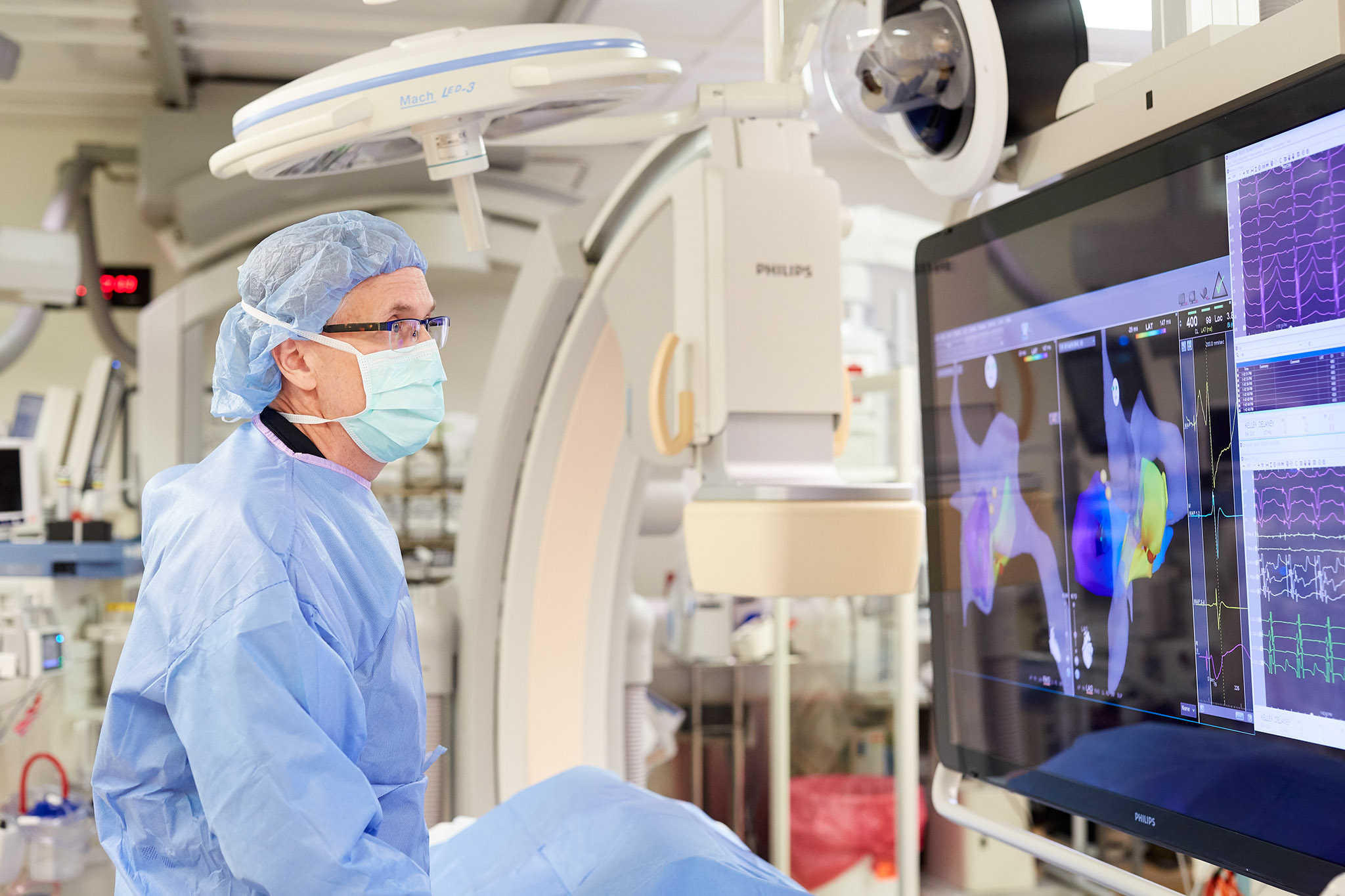Research
About AI-CAD
Our group aims to apply our diverse team’s expertise in computer science, biomedical imaging, diagnostic radiology, and biostatistics to develop Artificial Intelligence-enhanced Computer-Aided Diagnosis (AI-CAD) systems. These systems facilitate major breakthroughs in the medical field by optimizing imaging acquisition, aiding doctors in image segmentation and interpretation, as well as disease classification, diagnosis, outcome prediction, and treatment decision making.

Improving Image Quality
Image quality directly influences diagnostic quality of the examination by characterizing tissue compared to another and, ultimately, highlighting morphological or functional abnormality. We have developed novel and practical imaging optimization techniques to achieve high image quality, especially by focusing on optimizing the trade-offs between image quality (signal-to-noise ratio, contrast-to-noise ratio, spatial resolution) and scan time.
Establishing Automated Image Processing Pipeline
It has been a challenging task to bring data from multimodal MR images together into a cohesive framework to enable cross-subject comparisons and multi-modal analysis. We have established neonatal anatomical and functional MRI automatic processing pipelines to minimize human efforts.
Detecting Pathology
Medical image segmentation separates structures of interests from the background and from each other. It plays an important role in diseases’ pattern recognition for further diagnosis, monitoring, and treatment. We have reported a sequential development of objective methods to quantitatively diagnose diffuse matter abnormalities and other injuries.
Identifying Patients at Risk
We have been developing clinically relevant disease diagnosis and risk prediction AI models for neurodevelopmental deficits, attention deficit hyperactivity disorder, and autism. These models will allow more frequent disease monitoring to assess treatment response/disease progression and potentially improve overall outcomes and lower healthcare costs. Ultimately, the developed AI models will enhance our abilities to diagnose disease in a quantitative, noninvasive, patient-friendly manner, as well as to provide more patient-centric, precision medicine.
Grant Support
- NIH, R01 EB029944
- NIH, R01 EB030582
- NIH, R01 NS094200
- NIH, R01 NS096037
- NIH, R21 HD094085
- CCHMC Trustee Grant
- Institutional Faculty Resources Grant
